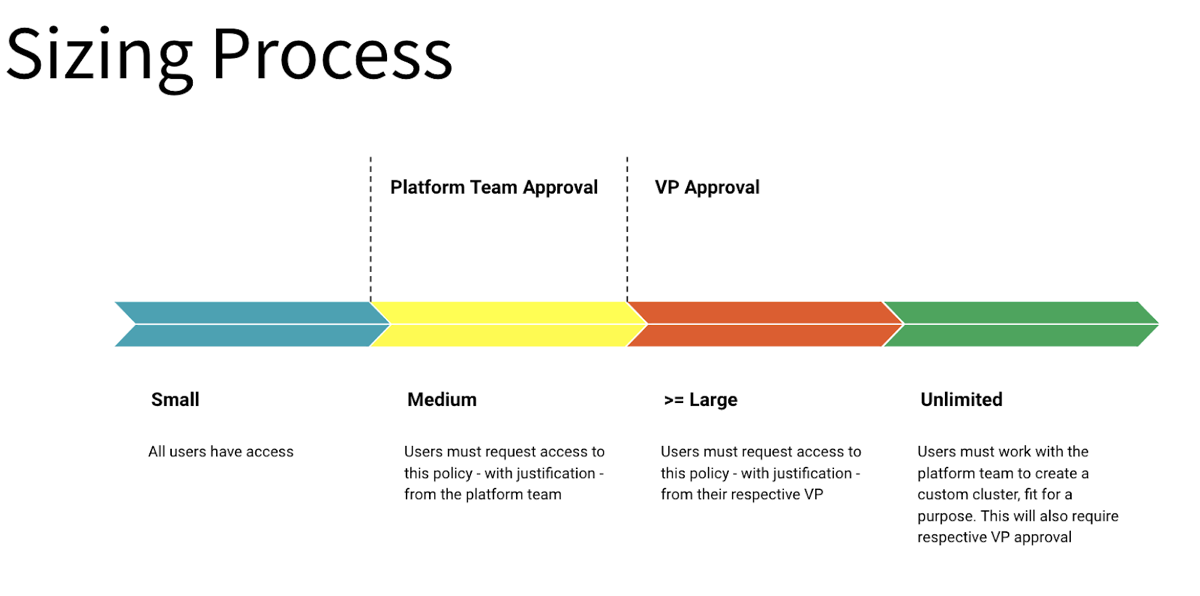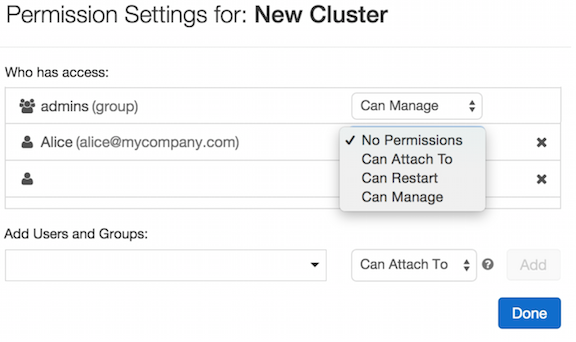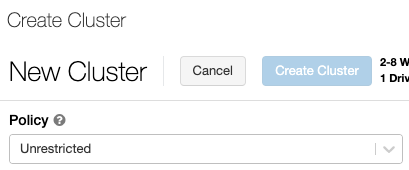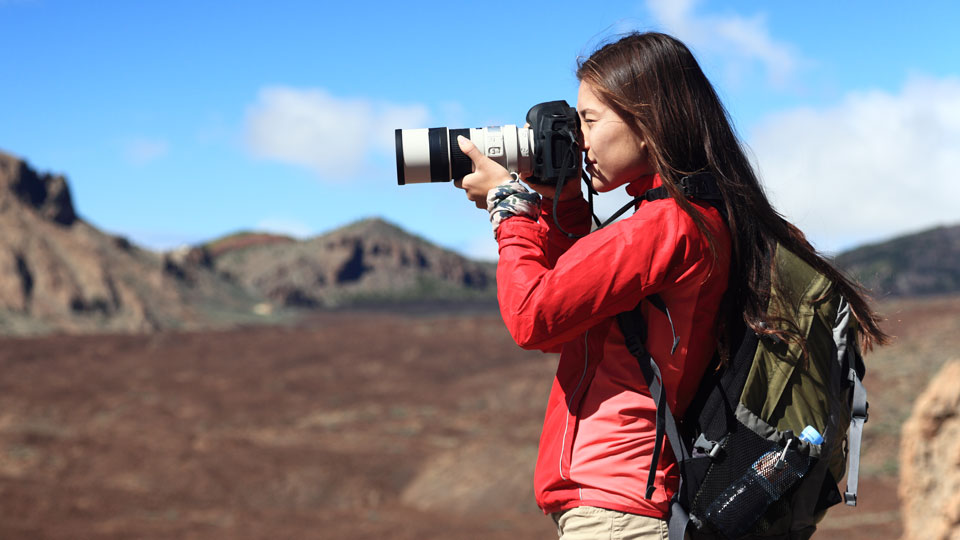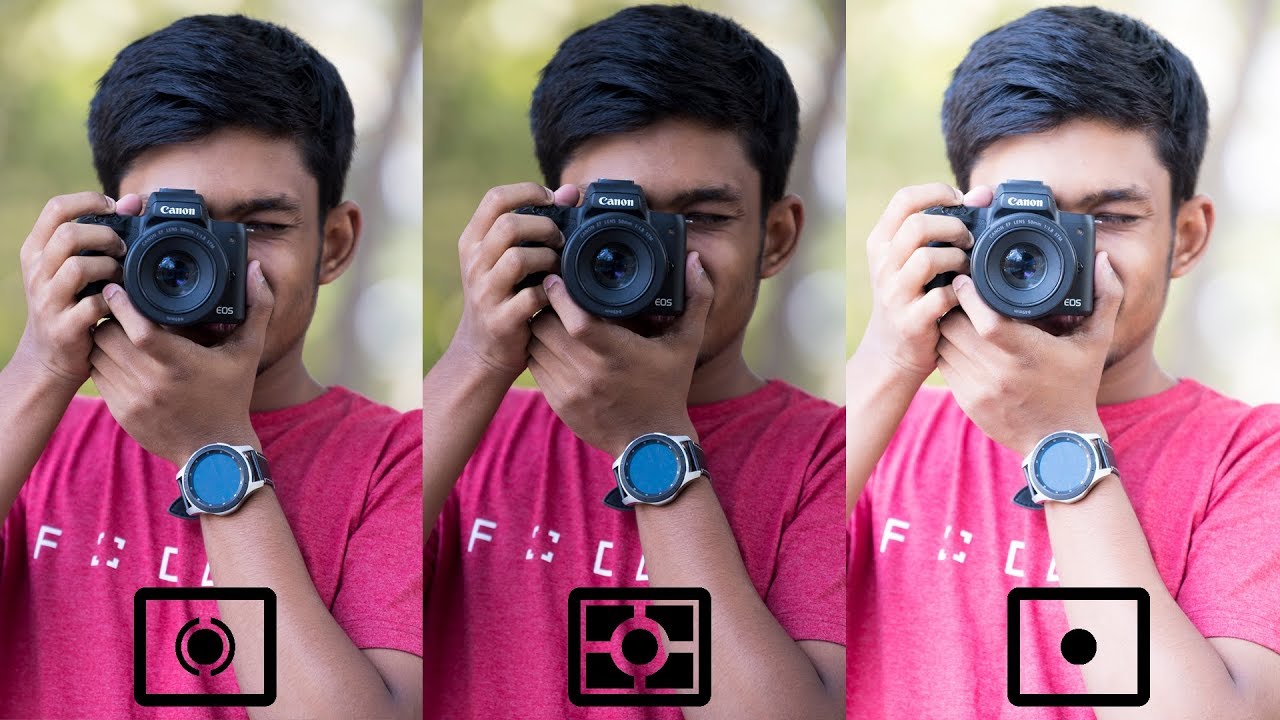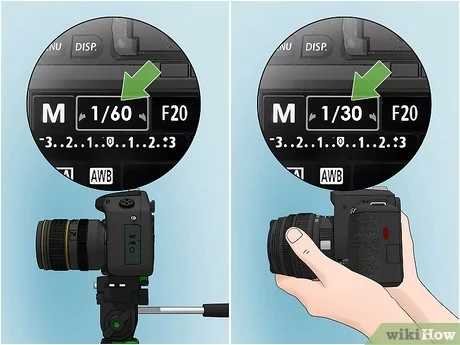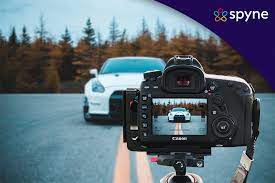04
Sep
Cluster policies can be used to enforce access control in Azure Databricks. Here's an example scenario: Suppose you have two teams in your organization: "Data Scientists" and "Data Analysts." You want to enforce access control by ensuring that only the "Data Scientists" team can create clusters with certain configurations, such as a higher number of workers and larger instance types. To achieve this, you can define two cluster policies: one for the "Data Scientists" team and another for the "Data Analysts" team. Here's an example of how you can define the cluster policies using JSON: Cluster Policy for Data Scientists…
